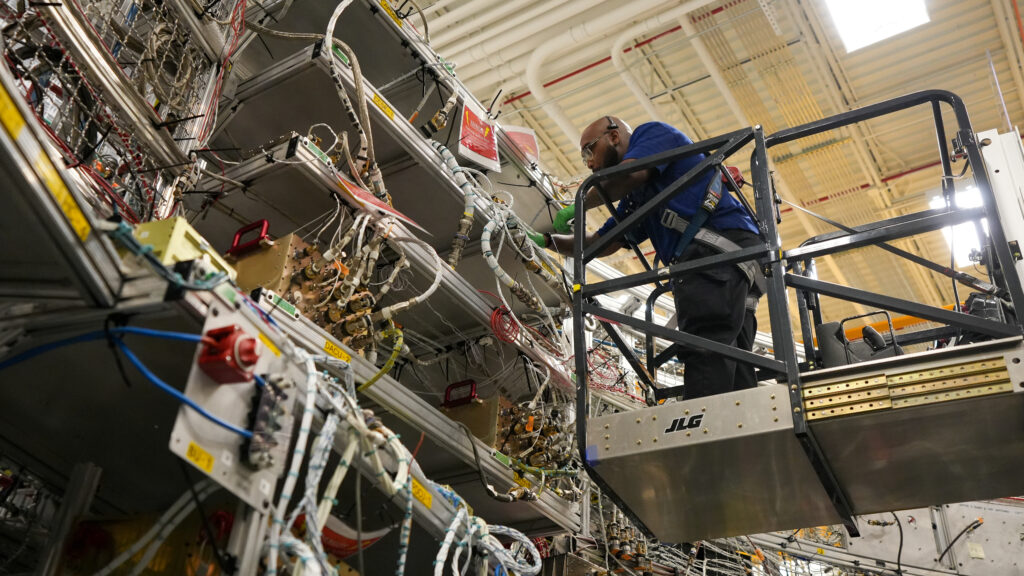NASA specialists have completed the first phase of testing the software that will be used in the Artemis II mission. Within its framework, four astronauts on the Orion spacecraft will fly around the Moon, after which they will return to Earth.

The Orion spacecraft will be launched using a superheavy SLS rocket. To date, this is the most powerful of the rockets in operation, which succeeded in making a successful flight. The “brain” of SLS is software. This is approximately 50 thousand lines of code that will control the rocket during the first eight minutes of flight until the first stage is dropped.
Of course, before launching a giant rocket, its software must undergo a comprehensive check. This task is assigned to the specialists of the SLS Software Development Facility (SDF) of the Marshall Space Center. They simulate a variety of rocket flight scenarios (including all possible emergencies) and environmental parameters.
The first phase of testing the SLS software lasted two weeks. During its course, engineers performed 179 test procedures, in which about 58 thousand test cases were used. It is noted that the development team has integrated operational improvements and new test scenarios created based on data obtained during the launch of the Artemis I mission in November 2022. For comparison, the previous stage of qualification tests included 72 test procedures consisting of 9,500 test cases.
The second and final stage of the official qualification tests of the software for Artemis II will begin in July. And in the autumn, engineers will begin complex system tests at the SLS System Integration Laboratory (SIL) using a full set of avionics hardware and flight software. It is expected that by the time of the actual flight, the Artemis II mission will be “launched” over 100 thousand times on various simulators and test sites.
Recall that recently ESA handed over to NASA the Orion spacecraft service module, which would be involved in the Artemis II mission.
According to https://www.nasa.gov
Follow us on Twitter to get the most interesting space news in time
https://twitter.com/ust_magazine
